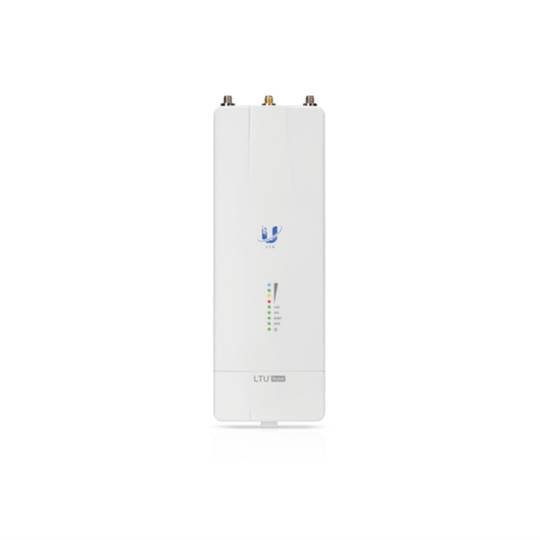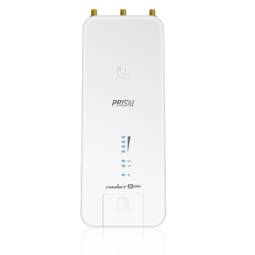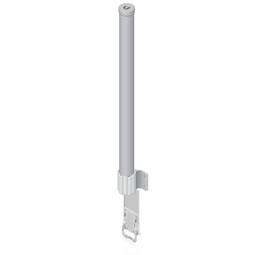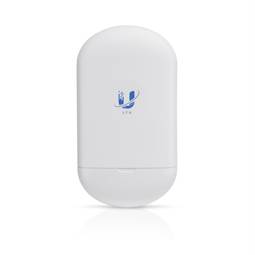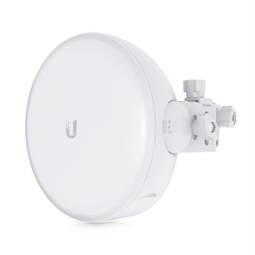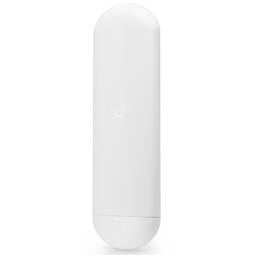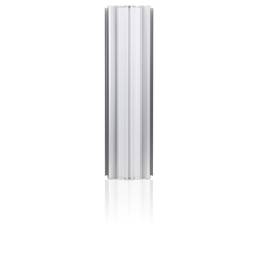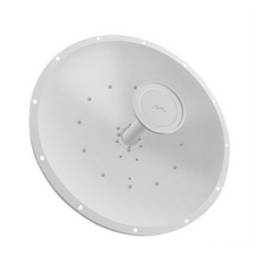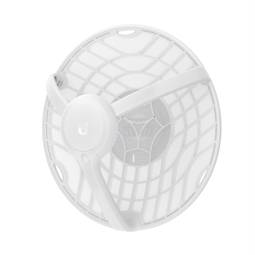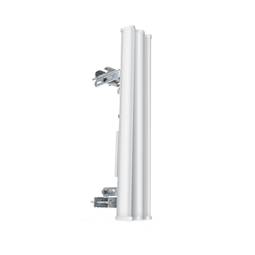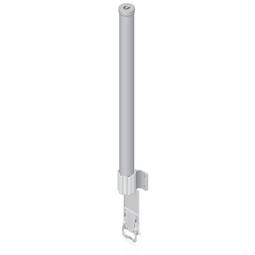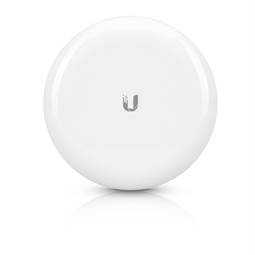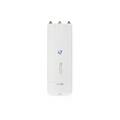05/08/2024 1:41 p.m.
https://cablematic.com/en/products/ubiquiti-ltu-rocket-radio-5ghz-UI288/
https://cablematic.com/en/products/ubiquiti-ltu-rocket-radio-5ghz-UI288/
Ubiquiti LTU Rocket Radio 5GHz
REF: UI288
Specifications
- Maximum data transfer rate (5 GHz): 675.84 Mbit/s.
- Ethernet LAN, data transfer rate: 10,100,1000 Mbit/s.
- Supported security algorithms: WPA2-PSK.
- AC input voltage: 18 - 54 V.
- Power consumption (max): 15W.
PVP
€507.03
Price including VAT:
€507.03
PVD
€411.55
PVP: Retail price.
Check conditions.
PVP: Sale price to distributors.
Check conditions.
warranty
returns
safe
We will notify you when it is back in stock.
Specifications
- Maximum data transfer rate (5 GHz): 675.84 Mbit/s.
- Ethernet LAN, data transfer rate: 10,100,1000 Mbit/s.
- Supported security algorithms: WPA2-PSK.
- AC input voltage: 18 - 54 V.
- Power consumption (max): 15W.
More info
Device with a maximum data transfer range of 675.84 Mbit/s. This unit offers a maximum data transfer speed through its 5 GHz connection of 675.84 Mbit/s. In addition, it has Ethernet LAN with a data transfer rate of 10,100,1000 Mbit/s. Ubiquiti has equipped this device with WPA2-PSK security algorithms to ensure data protection. The AC input voltage is 18-54 V, with a maximum power consumption of 15 W. The color of the product is white and it has internal antennas. Manufactured by Ubiquiti with reference LTU-Rocket.
Specifications
Specifications
- Maximum data transfer rate (5 GHz): 675.84 Mbit/s.
- Ethernet LAN, data transfer rate: 10,100,1000 Mbit/s.
- Supported security algorithms: WPA2-PSK.
- AC input voltage: 18 - 54 V.
- Power consumption (max): 15W.
- Product colour: White.
- Antenna type: Internal.
- Ideal use for: long distance wireless connections.
- Compatibilities: works with 802.11ac technology.
- Features: supports up to 50 simultaneous users.
- Gross Weight: 2.0 kg
- Number of packages: 1
- Master-pack: 1
Technical terms
- Hz
Hz
One hertz is one cycle per second, meaning repeating cycle as an event. For example, hertz is applied physics measuring the number of times for a second wave (either acoustic or electromagnetic) is repeated or can be applied, among other uses, to ocean waves that reach the Beach vibrations per second or a solid. The quantity that measures the frequency hertz is called,in this regard, the inverse of the period. One hertz is an oscillation frequency of suffering a particle over a period of one second.




